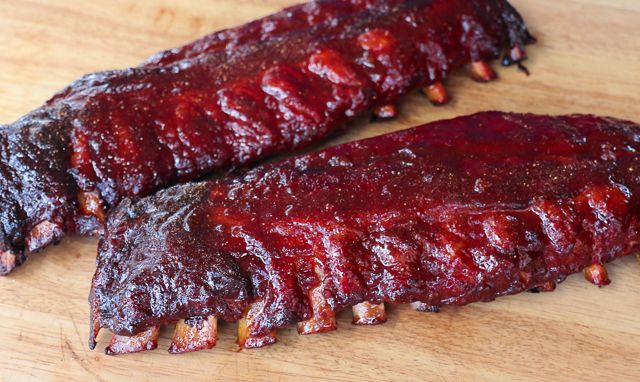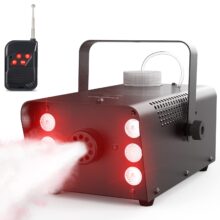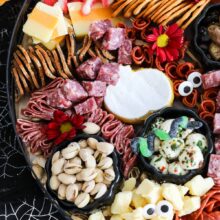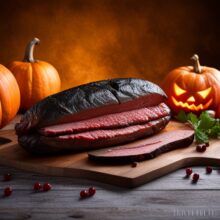Lamb Rib Smoking Tips

Smoking lamb ribs is an extremely rewarding experience, but it also requires a lot of attention. If you’re looking to smoke perfect lamb ribs, you’ll need to avoid common mistakes that can ruin your dish.
For starters, you should always choose the right cut of lamb before smoking it. Selecting the wrong cut can result in tough and chewy meat that doesn’t taste delicious.
1. Don’t overcrowd the smoker
When smoking meats, it is important to avoid overcrowding the smoker. This can affect the cooking time and temperature of the meat.
Moreover, it can cause the heat to escape from the smoker, which will result in dry, tough, and half-cooked smoked foods.
Before you put the lamb ribs into the smoker, make sure to trim the meat of any fat. This is because lamb ribs are very fatty, so you will need to remove it from the meat before it dries out and gets brittle.
2. Keep an eye on the internal temperature
When smoking lamb ribs, it’s essential to keep an eye on the internal temperature of the meat. This will ensure that it is cooked properly and tender.
Ideally, the ribs should reach an internal temperature of 138-140 degrees Fahrenheit before they are removed from the smoker. This will allow the connective tissue and fat to melt and create a tender and delicious final product.
Using a good digital thermometer, regularly check the internal temperature of your ribs to make sure they are cooking at a steady pace. If it drops or spikes, adjust the smoking time accordingly.
3. Trim the silver skin
When you smoke lamb ribs, the silver skin that covers them must be trimmed away. This is important because it prevents the meat from cooking unevenly and can cause chewiness, which is undesirable when you’re trying to serve these juicy racks of lamb.
A thin membrane of elastin, silver skin wraps the connective tissue surrounding cuts of beef, pork and lamb. Its overall purpose is to separate and support muscles, so they can easily slide past each other.
This protein membrane does not melt when it’s cooked like collagen does, so it must be removed before smoking or the meat will toughen. Luckily, the process isn’t difficult and can be done with just a knife. Simply slide the tip of your knife under the silver skin, working it between the meat and the skin until you can grip a loose flap.
4. Let the meat rest
While the meat rests, it reabsorbs some of the moisture that was lost during cooking. This is important for a variety of reasons, including to ensure that it’s not overcooked when you cut into it.
As a general rule, thick cuts like steaks, chops and pork shoulder should be allowed to rest for about half the time it took them to cook, while thinner cuts, such as chicken, should rest for no more than 5-7 minutes.
The resting process also helps to retain juices and tenderizes the meat. It’s especially beneficial for larger cuts of meat such as beef brisket and pork shoulder.
5. Slice against the grain
When a piece of meat is cut against the grain, it’s more likely to break down easily. As a result, it’ll be tender and chewy.
Similarly, when a piece of lamb is cut parallel to the grain, it’ll be tough and stringy.
Slicing against the grain ensures that the center of the cut will be cooked first. This will allow the other parts of the cut to become tender and juicy.
Read more great BBQ articles at Bob's BBQ Tips
Did you miss our previous article…
https://notoriousbob.net/?p=3261



